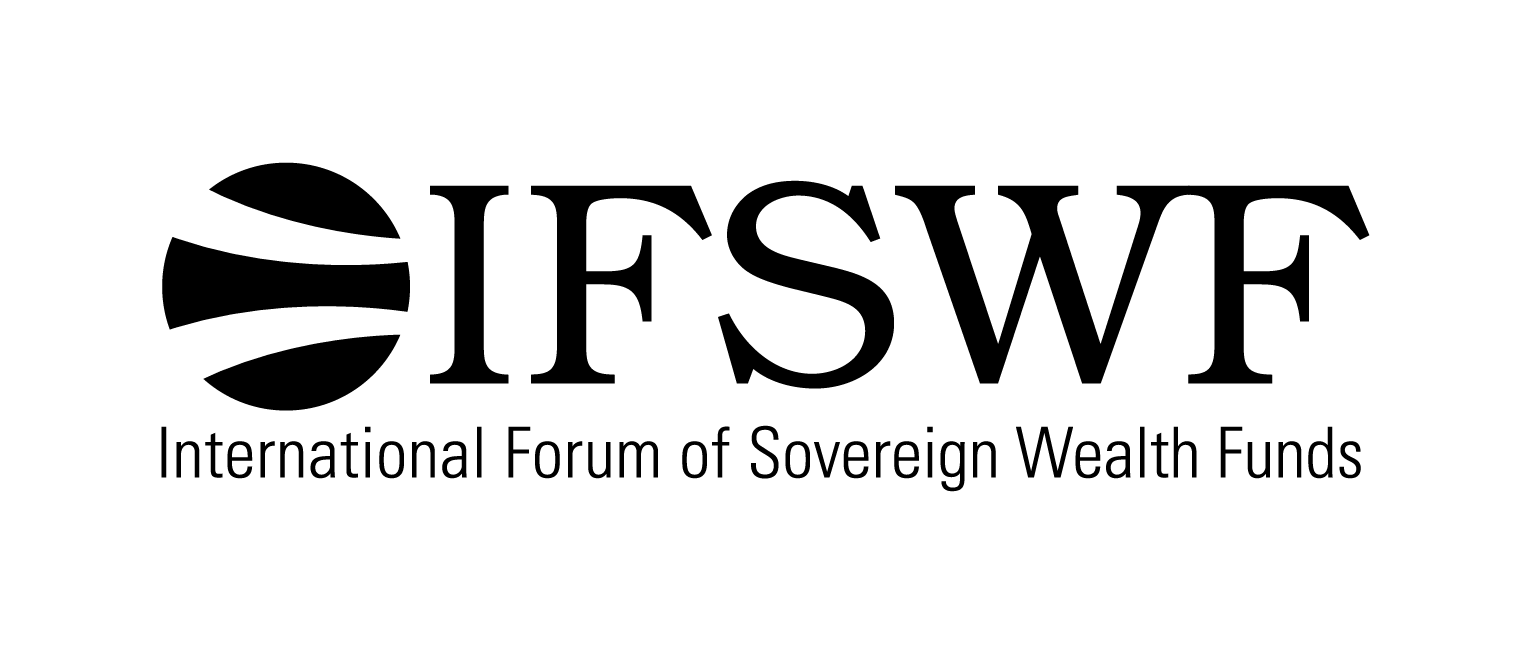|
Speakers |
Richard Abadie, PwC |
|
|
Rajiv Sharma, Stanford University |
Changing nature of infrastructure
Infrastructure as an asset class is enjoying its day in the sun. Ever more investors are seeking to allocate to established, developed-market infrastructure that yields stable long-term returns: $100 billion of infrastructure funds are currently on the road. But the popularity of “core” infrastructure means there is too much money chasing too few assets, which is pushing up prices and stifling yields. Consequently, infrastructure managers seeking to deploy capital are expanding the definition of infrastructure. New innovations include “core-plus” assets, which include funeral homes and motorway service stations, while some investors are gearing up portfolios to sate the appetite for infrastructure debt.
New opportunities are also arising outside of core assets. There is an increasing appetite for greenfield infrastructure, as investors become more comfortable with taking on development and building risk in return for higher returns. Investors also appear to be getting more comfortable with infrastructure in emerging markets, where there is a huge shortfall of investment. This is partly due to governments providing access to assets through new mechanisms such as the National Investment and Infrastructure Fund (NIIF) in India. These mechanisms help overcome high infrastructure manager fees, which are common in emerging markets.
But investors are overlooking some opportunities, particularly around technology. New technologies – renewable energy, new water provision technologies, the internet of things and the enabling infrastructure for so-called smart cities, for example – and technology infrastructure, such as server farms, satellites, and data processing, are receiving less attention from investors than they could.
Changing models
The traditional GP-LP model -- and its accompanying fees – are losing favour with investors. Due to dissatisfaction with the incentive models and relationships in the traditional structure, many investors disintermediated their infrastructure programmes following the financial crisis, but they are now looking to reintermediate this sector by collaborating and co-invest with infrastructure managers. The difference now being that the asset owners themselves bring more than just capital to the table: they bring expertise and networks. This new relationship helps align incentives with the goal of creating better outcomes for both sides.
Governments’ role
Governments play a major role in infrastructure development – as discussed in workshop 1. New vehicles like India’s NIIF are bringing new assets to the market, and developing new projects that provide new opportunities for investors. Sovereign wealth funds can, therefore, play an important role in influencing the type of infrastructure that is built and the projects governments back.
Bringing in investors is important. While governments may be able to borrow cheaply, they don’t have the expertise to execute projects on time or budget – which is what private capital can deliver. Private capital may also be able to build more expensive resilient infrastructure that governments do not often have the appetite to put such large projects on their balance sheets.
But bringing private capital into infrastructure projects is also a challenge. Citizens are often not willing to pay for infrastructure directly and so the state must continue to play a role in financing these projects by raising debt, for example. However, it is important that governments do not provide unconditional guarantees for infrastructure projects – doing so may lead to poor structures and lack of accountability for the delivery of a project.

